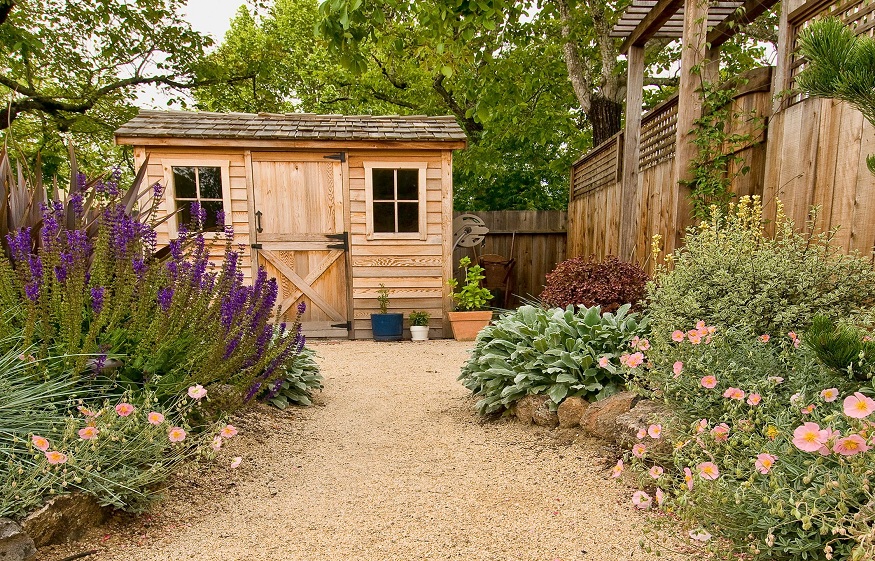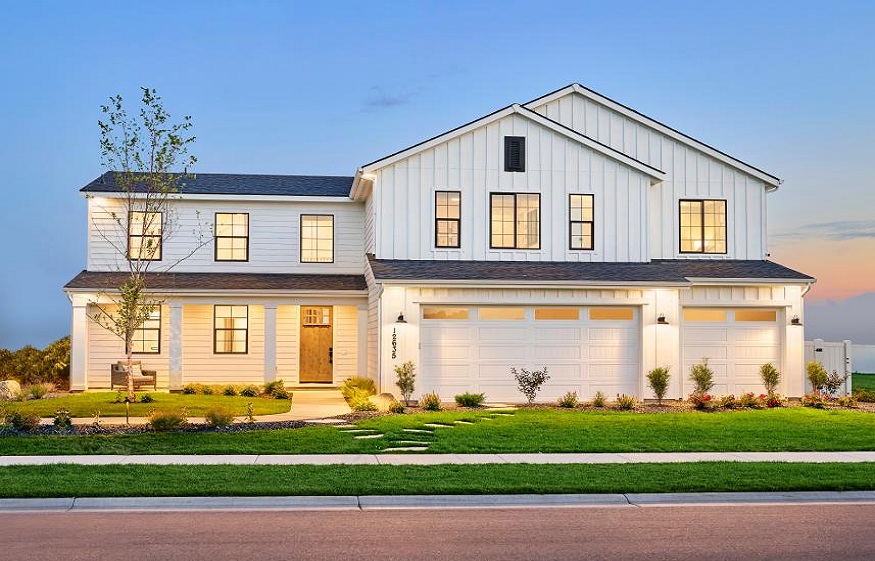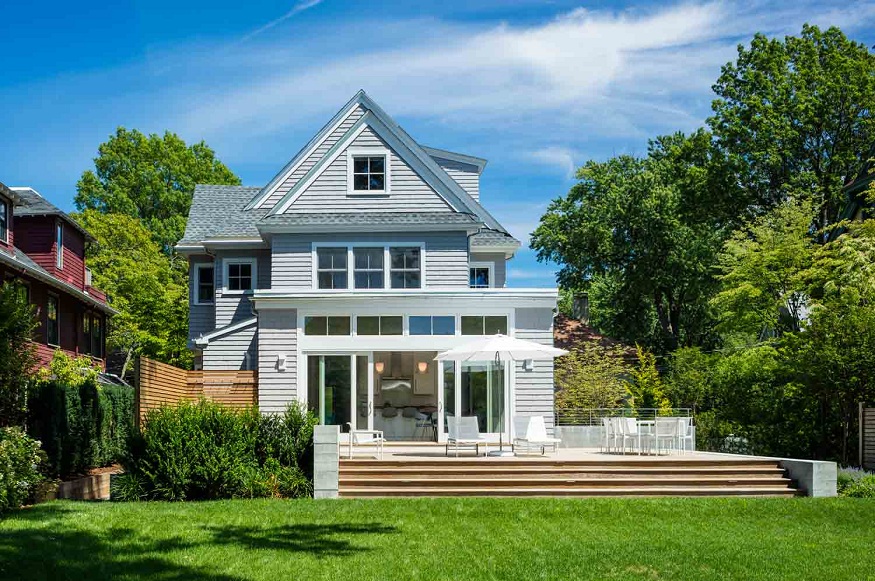Envision stepping into your backyard to find a beautiful landscape that supplies various fresh fruits and vegetables. Edible landscaping harmonizes beauty with practicality, turning your outdoor area into a garden that feeds the eyes and the stomach. This approach integrates fruit-bearing plants, vegetable patches, and herbs into your yard’s design, creating a space that is as functional as it is attractive. Using sheds for your backyard can help keep your gardening tools and supplies organized, simplifying the care and maintenance of your edible garden. In this post, we’ll cover the basics of edible landscaping, including plant selection and harvest techniques.
Choosing the right plants
Choosing the right fruits and vegetables is key for the success of your edible garden. Begin by researching plants that do best in your climate. Consider local weather patterns, average temperatures, and frost dates to ensure you choose varieties that will flourish. It’s important to assess your garden space and light conditions. Some plants, like tomatoes and peppers, need plenty of sunlight, while others, like leafy greens, can tolerate partial shade. Choosing plants that match your environment will maximize growth and yield.
Designing your edible garden
Planning the layout of your edible garden involves blending functionality with visual appeal. Start by mapping the garden’s overall structure, considering elements like walkways, borders, and focal points. Incorporate edible plants in a way that complements your existing landscape features. For instance, you can line pathways with herbs or use raised beds to create defined sections. Berry bushes can serve as natural borders, while fruit trees provide shade and produce.
Companion planting is another technique to consider. Some plants naturally support each other by deterring pests or improving soil health. For example, basil planted near tomatoes can enhance growth and flavor while keeping insects at bay. Vertical gardening can be a space-saving option, particularly for smaller yards. Climbing plants like beans, peas, and certain squash varieties can be trained to grow on trellises, adding height and visual interest.
Large sheds for your backyard offer practical storage solutions. Use them to house gardening tools, potting soil, and other supplies, freeing up space in your garden for plants. Consider installing a potting bench inside the shed for easy planting and transplanting. This setup keeps everything organized and within reach, making garden tasks more efficient and enjoyable.
Remember to incorporate elements that support the garden’s health, such as compost bins and rain barrels. Compost enriches the soil, while rain barrels provide an eco-friendly water source. By thoughtfully designing your edible garden, you can create a productive and aesthetically pleasing space that you’ll enjoy year-round.
Planting and maintenance tips
Proper spacing is essential for healthy growth, so follow guidelines for the depth and distance between plants. This helps reduce competition for nutrients and sunlight, leading to more vigorous plants. Regular upkeep is crucial for a thriving garden. Set up a consistent routine that includes watering, weeding, and pruning. Check plants regularly for signs of pests and diseases, and opt for organic methods to manage any issues. Mulching can help retain moisture and suppress weeds, making your garden easier to maintain.
Incorporate elements like compost bins and rain barrels to support your garden’s health and sustainability. Compost enriches the soil with vital nutrients, while rain barrels offer an eco-friendly water source. Keeping your garden well-maintained can ensure a bountiful harvest and a beautiful, functional space.
Harvesting and enjoying your produce
Recognizing the perfect time to pick your fruits and vegetables ensures the best taste and texture. Pay attention to color, size, and firmness, which are good indicators of ripeness. Harvest leafy greens regularly to encourage new growth, and pick herbs before they flower for the best flavor. Root vegetables can be gently dug up once they reach the desired size. After gathering your produce, experiment with different recipes to make the most of your fresh ingredients. Create vibrant salads, flavorful salsas, or savory soups. Preserve any excess by canning, drying, or freezing to enjoy your garden’s bounty throughout the year. Consider sharing your surplus with friends and family, turning your harvest into a community experience.
Edible landscaping transforms your backyard into a vibrant, functional space that supplies you with fresh fruits and vegetables. By integrating edible plants seamlessly into your landscape design, you create a beautiful and productive environment. Carefully chosen plants suited to your climate and garden conditions ensure robust growth and bountiful harvests.
Thoughtful garden planning and layout maximize your space’s utility and visual appeal. Practical additions such as a shed help organize gardening supplies, making garden care more efficient. With well-organized storage, you can easily access tools and materials, reducing the effort needed to maintain your garden. Regular maintenance routines, such as proper spacing, watering, and organic pest control, keep your plants healthy and thriving. Adding compost bins and rain barrels supports sustainability, enriching your soil and providing an eco-friendly water source. These elements contribute to a more productive garden while reducing environmental impact.
Harvesting your produce at peak ripeness ensures you enjoy the best flavors and textures. Experimenting with recipes and preservation methods allows you to savor your garden’s bounty year-round. Sharing your harvest with friends and family fosters community and enjoyment.
Embrace the principles of edible landscaping to create a backyard that feeds both body and soul. With careful planning, diligent maintenance, and smart storage solutions, you can enjoy the benefits of a lush, productive garden that enhances your outdoor living space.





